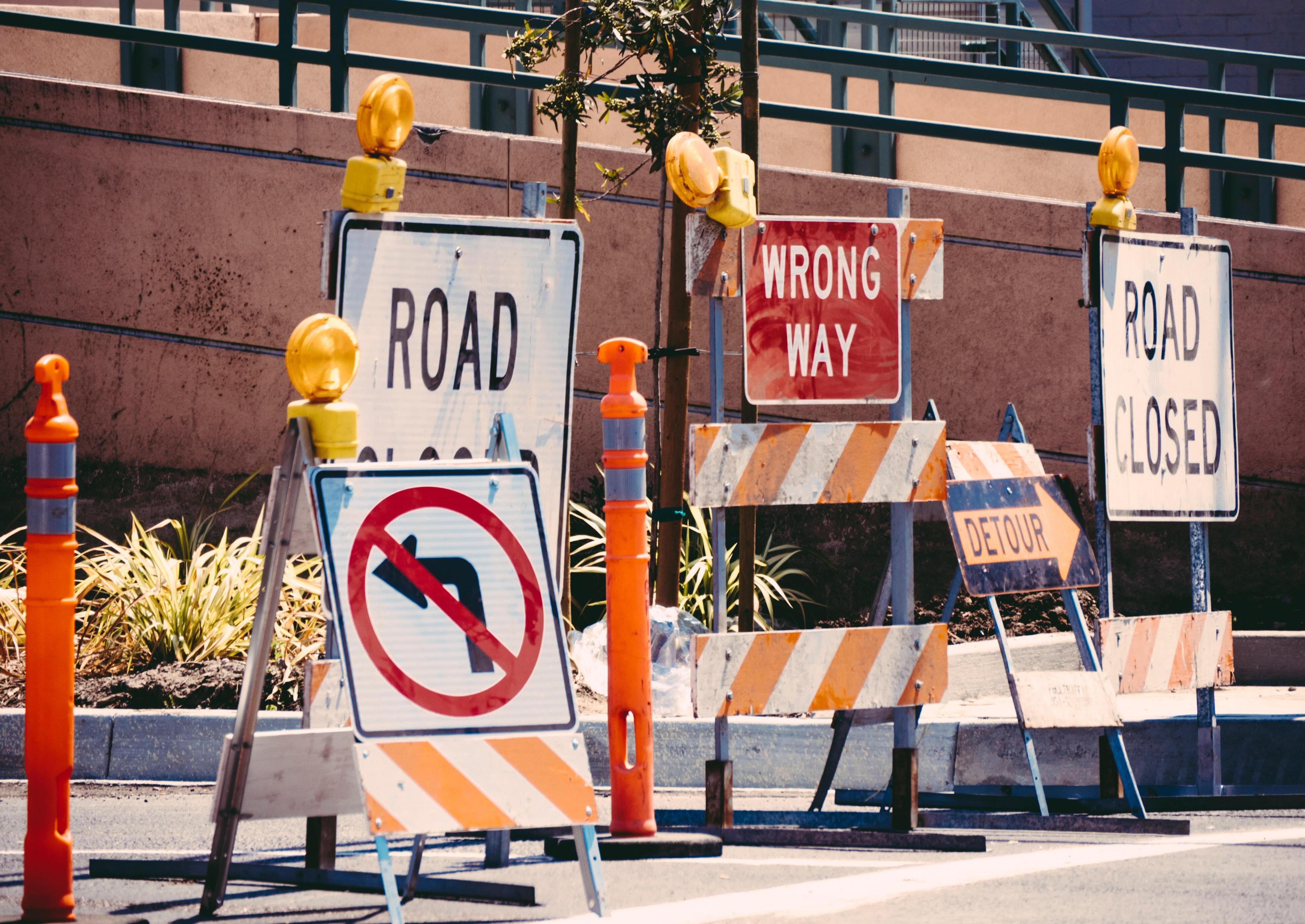I can tell you one thing for sure — I have made lots of mistakes. Lots and lots of them.

And that’s where the fun really happens — as an entrepreneur, the fun is trying to figure out which moves are mistakes, and which are logical and rational steps towards something valuable and important. While this mistake-spotting mode has its inevitable beginnings in the concept of entrepreneurship, growing a disruptive venture submerges you in the thick of value-spotting, blindspot-seeking, and course-correcting (… and muscle-flexing in the zones where you see the wisdom of your earlier decisions, and doubling-down in the areas where you can capitalize on unique strengths).
While I truly believe that identifying mistakes (and the resulting assessment of strengths, weaknesses, and solutions) is among the most exciting aspects of growing an enterprise, it is also perhaps the most challenging. Why?
Because we, as human beings, are our worst enemies in the activity of identifying mistakes. And to make matters even more difficult, the mistakes you’re trying to identify are not only your own, but also the mistakes of the group of people also committed to the entrepreneurial vision. There is a name for the enemy — decision bias.
Decision bias. It’s the enemy lurking in our finest judgment and best intentions. Without being able to realize it, our unconscious creeps into our prefrontal cortex and disrupts our roles as mission-critical decision-makers. When fact-based rationality and logic is shoved to the back of line as factors in our decisions, innovation suffers. If we’re not on the lookout, these decision biases will generate the mistakes you originally sought to address.

What does decision bias look like? Here are a few examples:
1. Risk Calibration: People facing a sure loss become risk-seeking while people with a sure gain become risk-averse, which causes personal perceptions of situations to corrupt the appropriate assumption and fact-based calibration of risk. Also, groups are more risk-seeking than individuals due to the diffusion of responsibility and ability to avoid full responsibility by blaming failures on the decision-making of the group.
2. Confidence & Commitment: People are more confident in the course of an action than before it has been started. This bias towards the present makes subsequent decisions skewed in favor of the initial decision, affecting our ability to make a clear decision about what is the optimal course. Past commitment leads to current overconfidence, and current overconfidence often leads to erroneous judgment. As astronaut Neil Armstrong said after returning from the moon, “I think we tried very hard not to be overconfident, because when you get overconfident, that’s when something snaps up and bites you.”
3. Sample Size as Evidence: People tend to extrapolate findings without regard for sample size — the most common error is extrapolating a personal group, or that of a small group, to the larger population. What works for some does not necessarily work for all, but it’s hard for people to see that clearly.
4. Size of Commitment: People who make large commitments then have a much easier time making smaller additional ones, as the smaller ones “are no big deal” when compared to the larger ones. This is the classic behavior of creeping normality after an agreed-to standard is set.
5. Sympathy to the Messenger: People are much more likely to give concessions to a person they like or who seems like them (e.g., same hometown, same college, same love for Bruce Springsteen). Personality gets in the way of rational decision-making, and people are driven by seeking short-term approval, friendship or solidarity instead of optimizing the outcome for the enterprise. Nearly 2500 years ago in the theatrical work Antigone, the playwright Sophocles wrote: “No one loves the messenger who brings bad news.” It’s a warning signal still worth heeding.
6. Search for Confirmation: People seek information to confirm their actions, opinions, and behavior, without regard for contrary evidence. It’s easy to dismiss a fact or a more appropriate opinion of a course of action when it disagrees with our previous actions. We fear looking stupid, fear the shame of being wrong, fear that someone else knows more than we do, so we stand up, turn around, and face away from the music.
7. Fitting in: People make decisions to do what everyone else is doing, as it allows them to feel good about themselves and avoid the difficulty of thinking for themselves and the potential risk of going against the grain if their best thinking does not align with that of the larger group. I’ve tried to teach my daughters this lesson by forcing them to watch the 1987 not-quite-Academy-award-winning classic Can’t Buy Me Love.
8. Reciprocation: People are more compelled to put “returning a favor” as an important source of input when making a decision about someone else’s proposed course of action, often allowing this favor return bias to blindly make a decision without logical rationale.
9. Correlation Errors: People often make incorrect correlations, such as expensive=valuable, expert=infallible, education=smart, uniform=authority, even though the underlying fact (that is something is inherently not valuable, infallible, smart, authoritative) is readily apparent. Underneath this bias is the reality that heuristics are easy crutches to avoid independent thought and hide behind an excusable correlation. This correlation bias also runs through our insecurity of wanting to possess attributes our society deems valuable (e.g., expensive brands, a degree from a fancy university), and we thus surrender our rational judgment to these potentially irrelevant labels.

Our reasoning and decision-making falters daily from any one of the above biases, and decision-making suffers as a result because we fail to deliver our best thinking.
The best we can do is put the reality of decision bias front and center. If you can recognize when decision bias looms above your thinking and assess how it is getting in the way of making the most rational and valuable decision, only then will you be able to make the progress towards resolving the initial mistakes that inspired your entrepreneurial problem-solving.
I offer up a few questions that regularly prompt me to reevaluate my thinking and scan for biases in my decision-making:
- What are my rote thinking processes? If I cannot single out and describe them, what is preventing me from doing so?
- Where have the routine frames of my mind led to mistakes in the past and why? Have my recent decisions shared a common frame of mind?
- Whose thinking in similar situations addressed problems in different ways than my own? How do I learn and adapt their thinking to my own situation?
More mistakes will happen — lots and lots of them — and once we can come to accept their inevitability, it is only then possible to identify and classify them, working towards their prevention and resolution, if they happen. Having confidence in our judgment should, first of all, spring from an unflinching commitment to confront our shortcomings in reasoning. Anything less than that commitment to re-evaluation gives ample opportunity for mistakes to compound while we mislead ourselves into thinking we’re seeing through our mistakes. And that failure to re-evaluate, unlike our mistakes, is fatal.